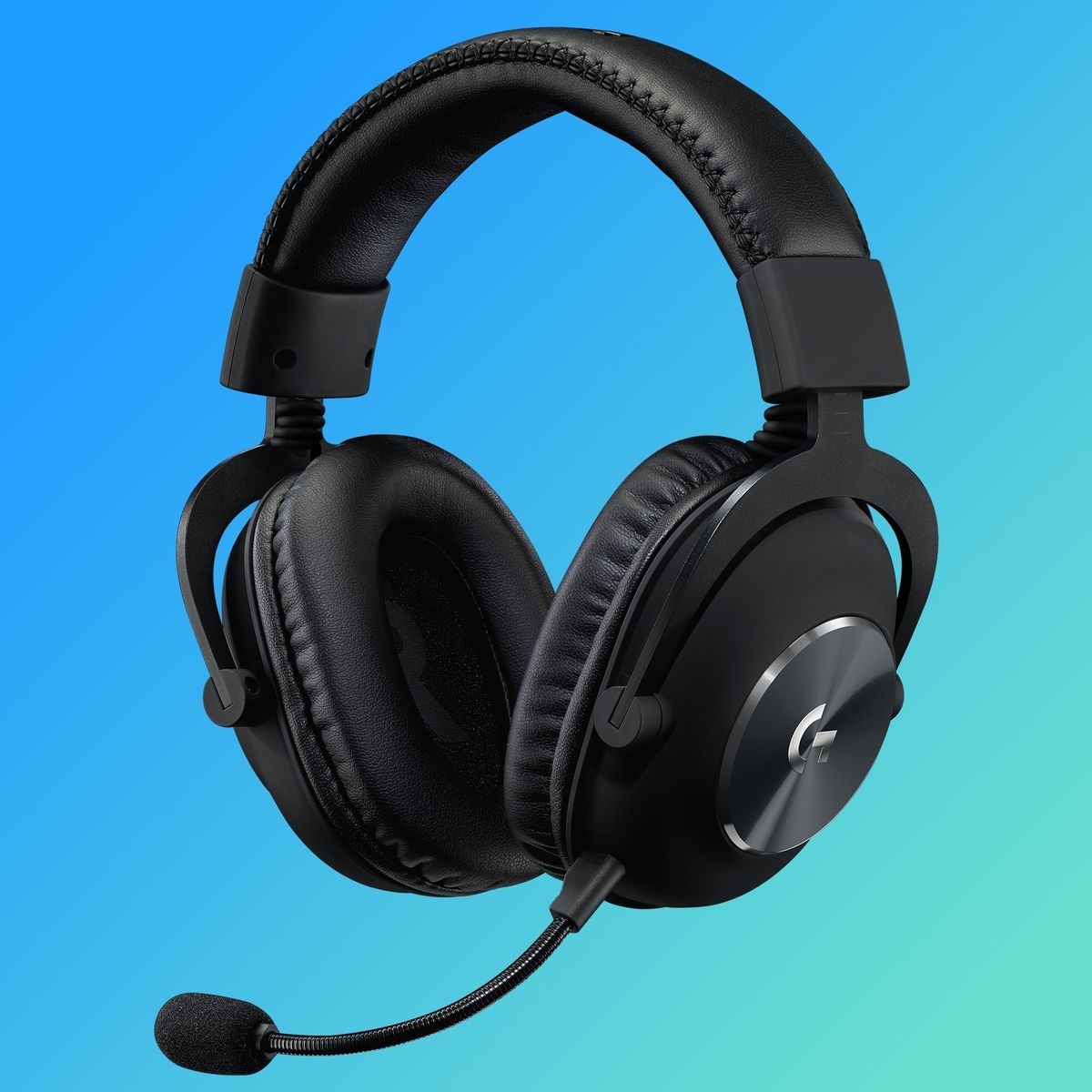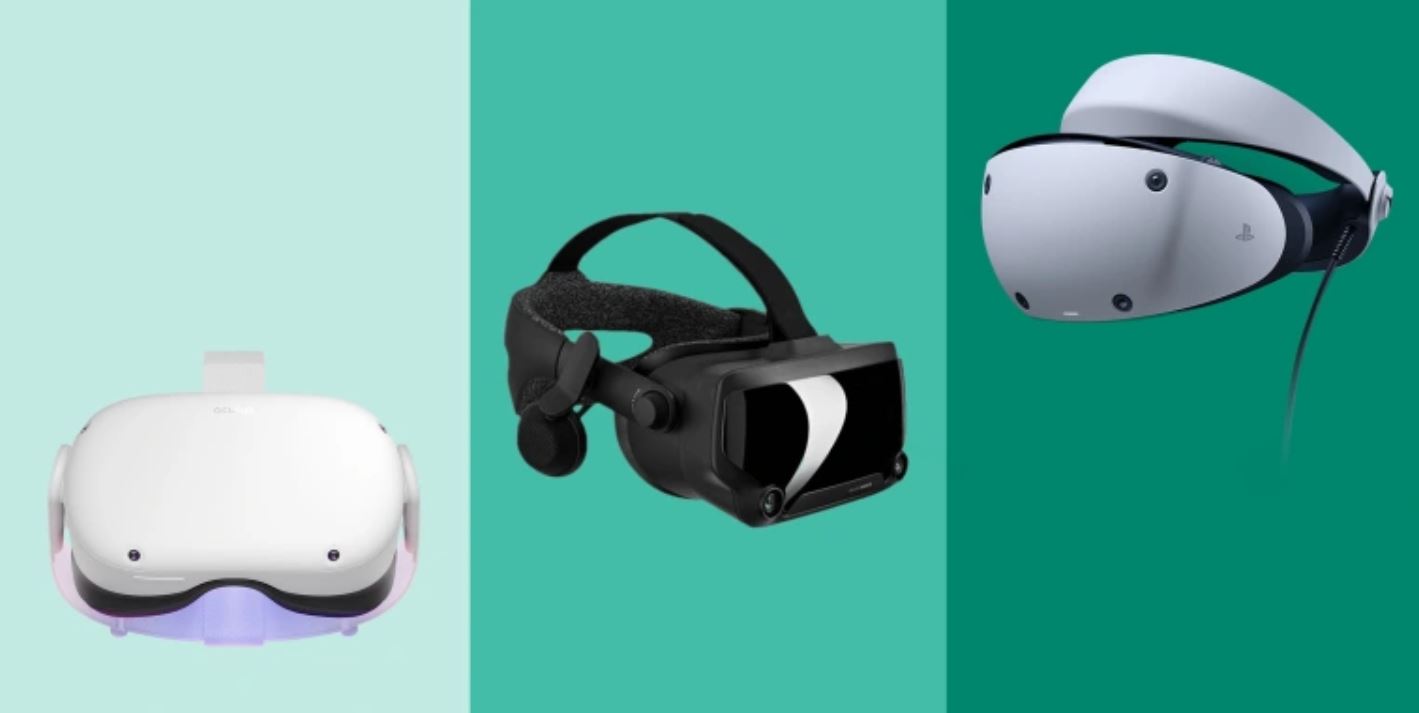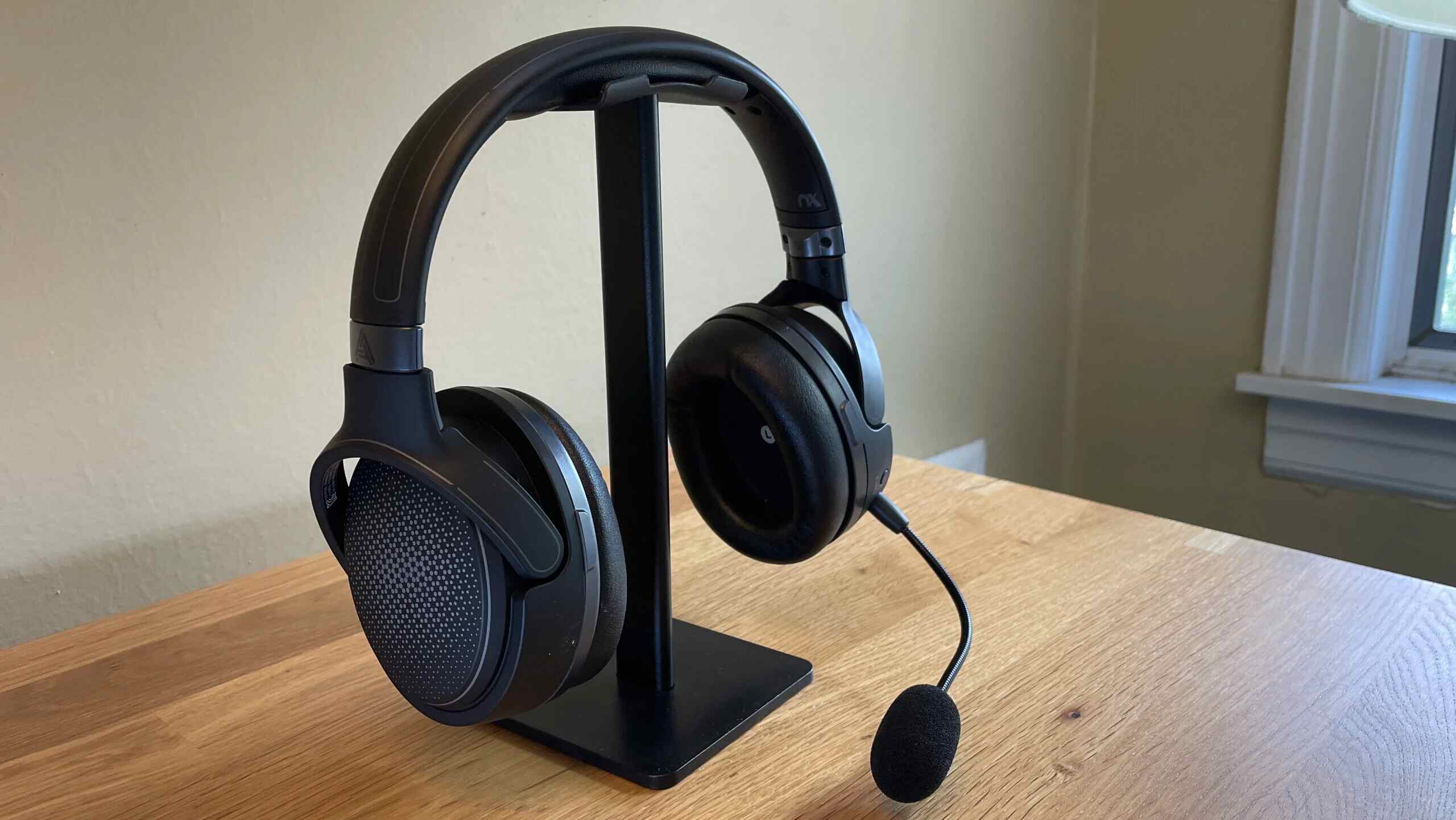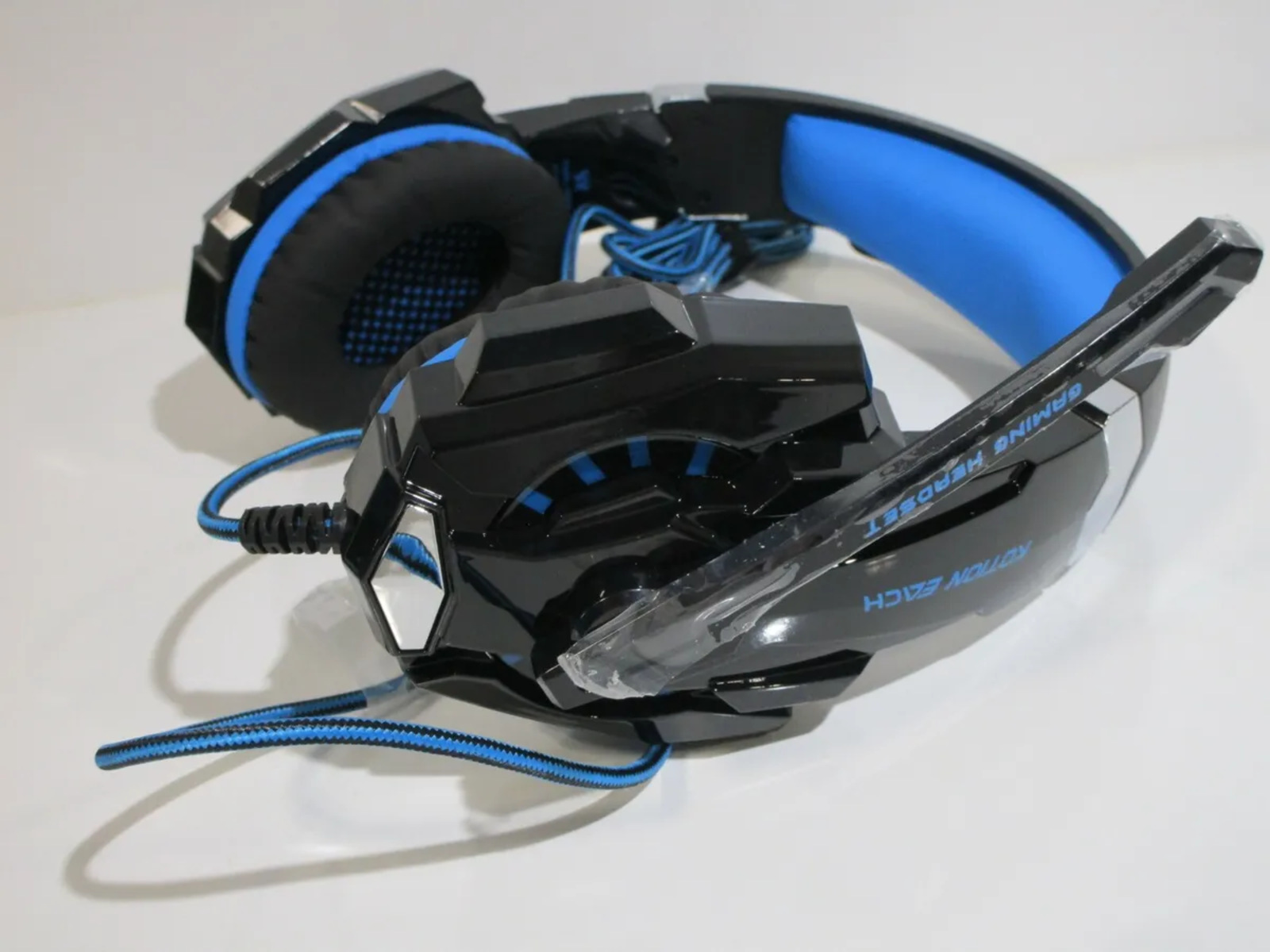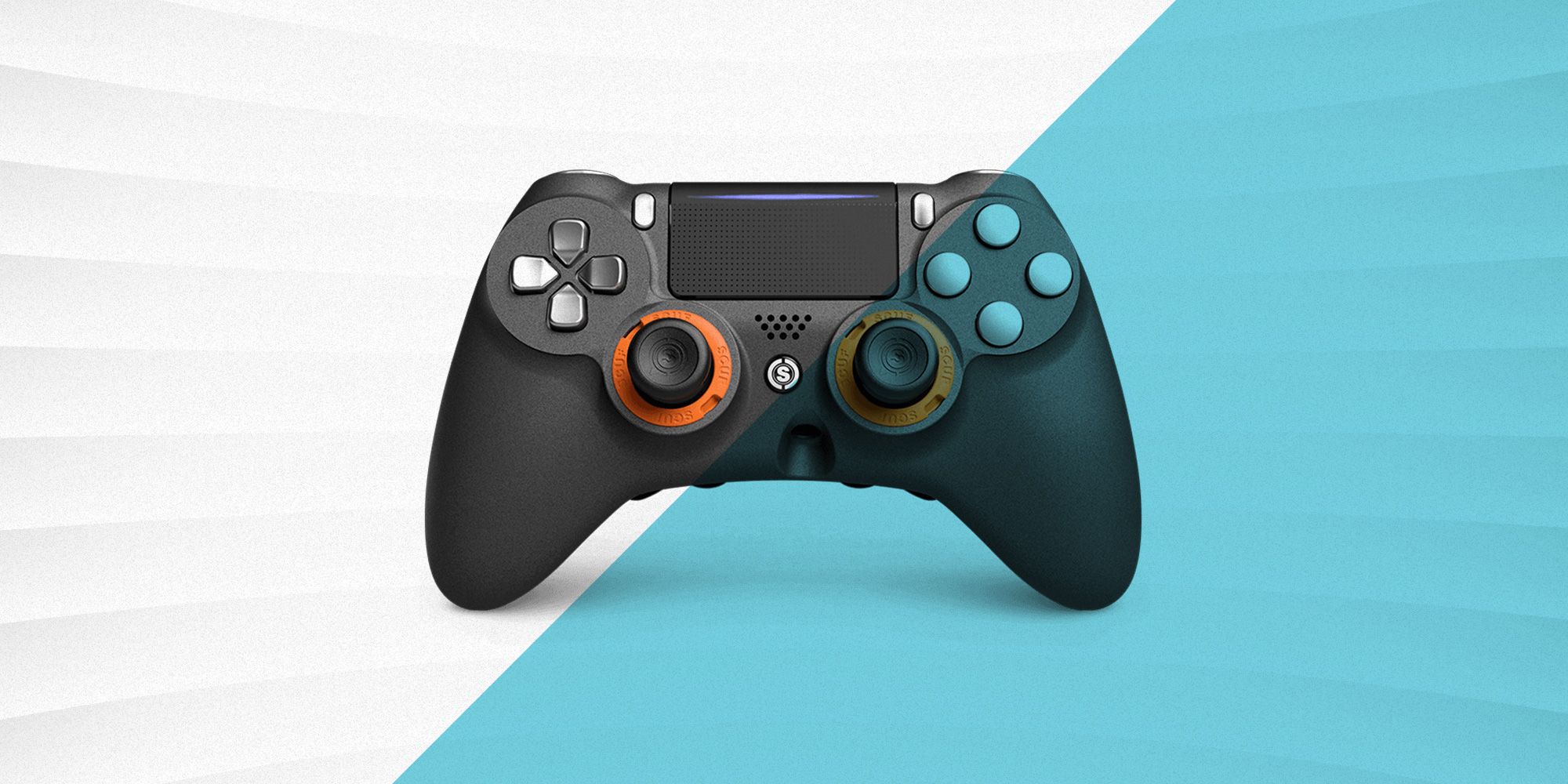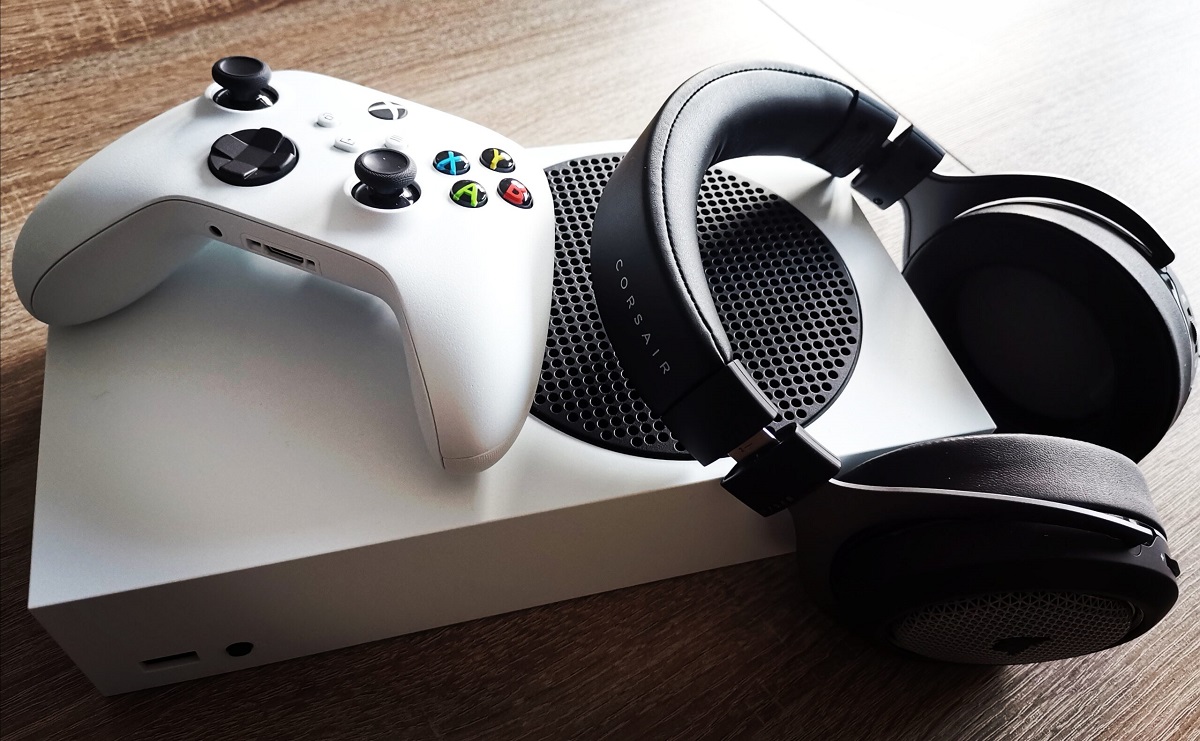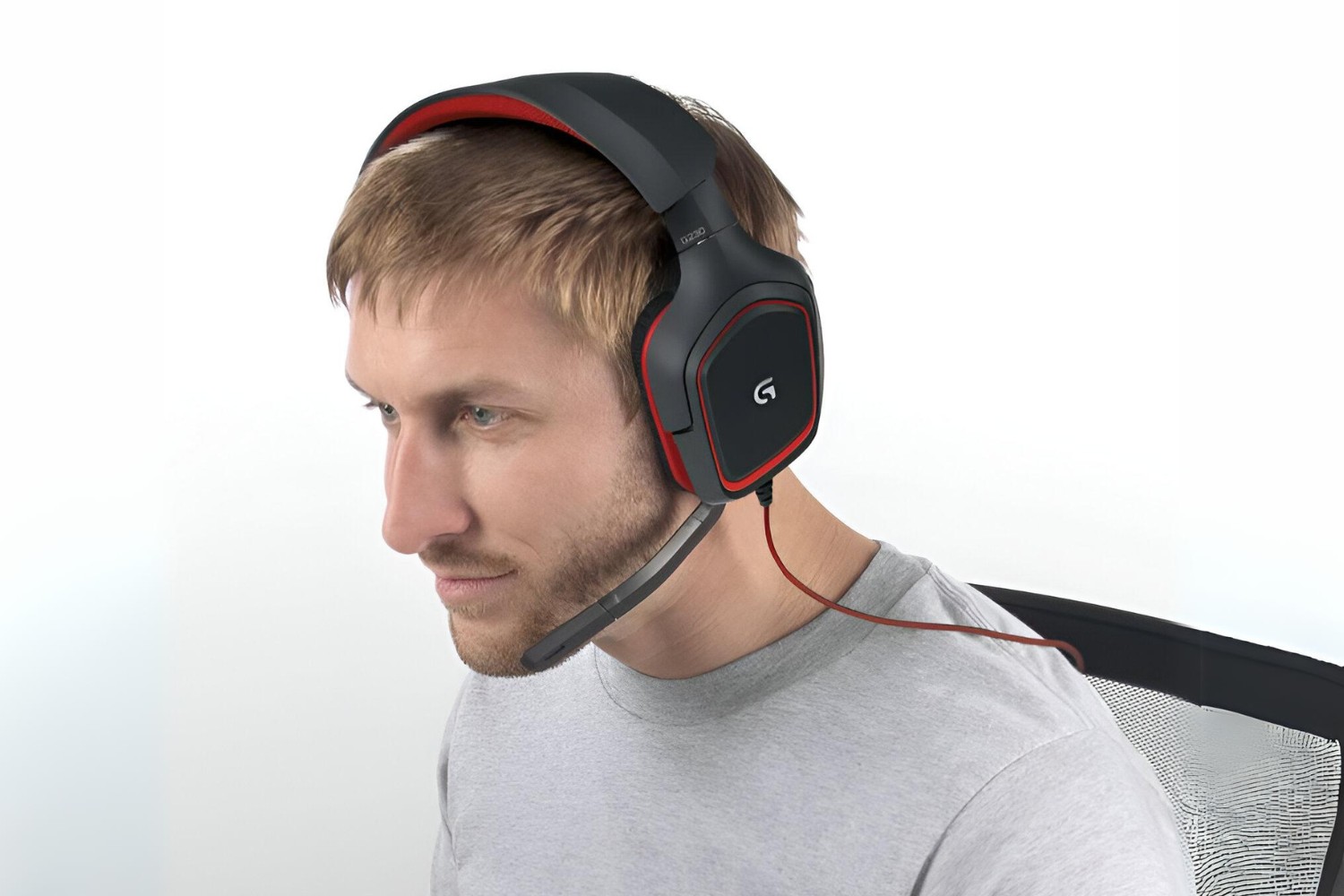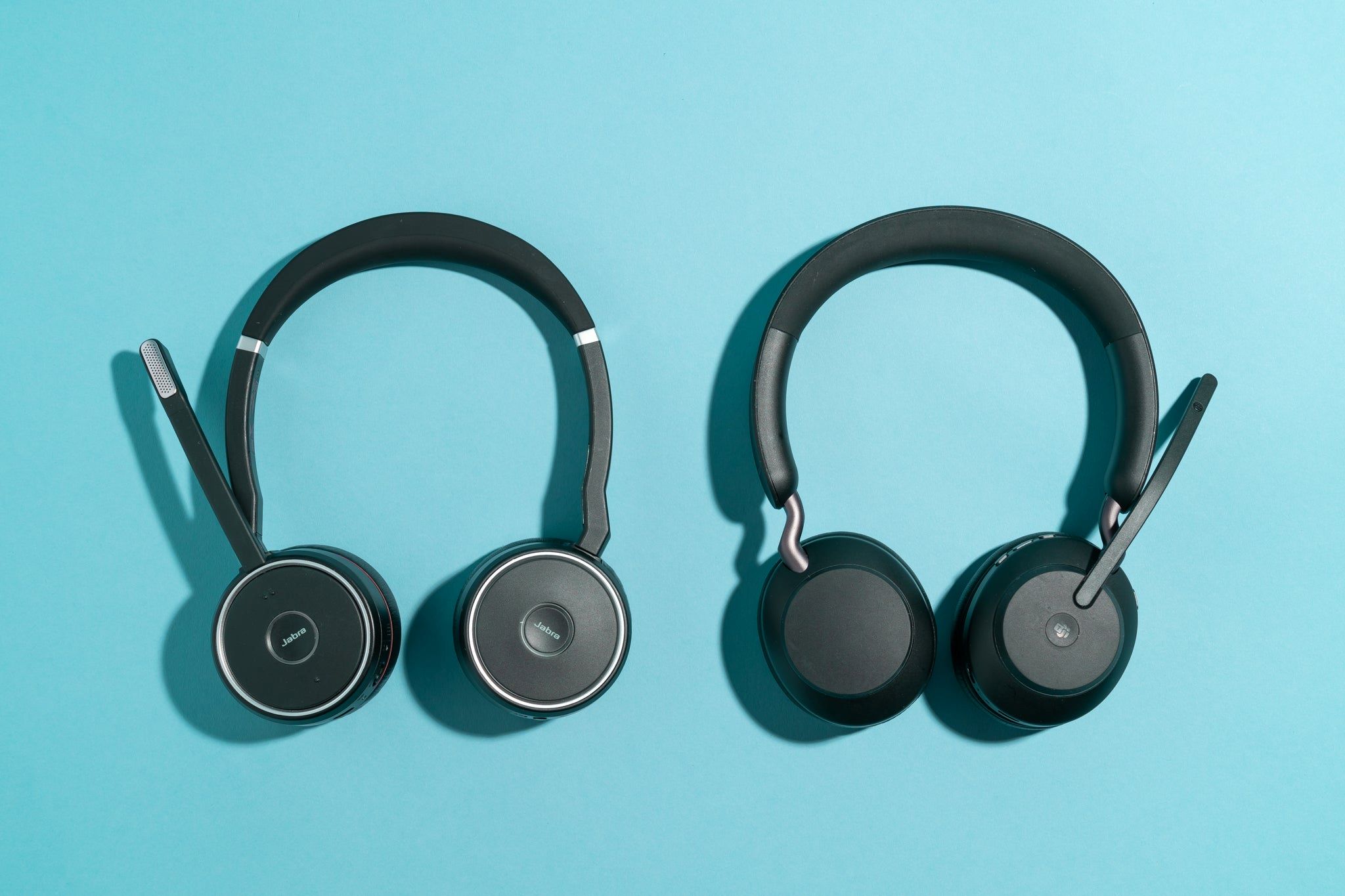Introduction
In the fast-paced digital world, communication and collaboration have become integral parts of our daily lives. Whether it's for work, gaming, or connecting with loved ones, the ability to seamlessly use headsets with microphones on our PCs is crucial. The single jack setup has gained popularity for its convenience and versatility, allowing users to enjoy both audio playback and microphone input through a single port.
Understanding how to connect a single jack headset with a microphone to a PC is essential for maximizing the potential of this setup. From professional meetings to immersive gaming experiences, a reliable connection ensures clear audio transmission and effective communication.
In this guide, we will delve into the intricacies of the single jack setup, providing comprehensive insights into the seamless integration of headsets with microphones into your PC. By understanding the nuances of this connection, you'll be equipped to troubleshoot common issues and optimize the performance of your audio peripherals. Let's embark on this journey to unlock the full potential of your single jack headset and microphone setup with your PC.
Understanding Single Jack Setup
The single jack setup, also known as a TRRS (Tip, Ring, Ring, Sleeve) connection, has revolutionized the way we interact with audio peripherals. Unlike traditional dual-jack configurations, which require separate ports for audio output and microphone input, the single jack setup consolidates both functions into a single port. This streamlined approach offers a host of benefits, including enhanced portability, simplified cable management, and broader compatibility with modern devices.
At the heart of the single jack setup is the TRRS connector, featuring four distinct sections that facilitate audio playback and microphone input. The "Tip" section carries the left audio channel, while the first "Ring" transmits the right audio channel. The second "Ring" serves as the microphone input, and the "Sleeve" completes the circuit as the ground connection. This consolidated design enables users to seamlessly connect their headsets with integrated microphones to a wide range of devices, including PCs, laptops, smartphones, and gaming consoles.
In essence, the single jack setup embodies the convergence of audio and communication technologies, catering to the diverse needs of modern users. Whether engaging in virtual meetings, immersing oneself in gaming adventures, or enjoying multimedia content, the ability to leverage a single jack headset with a microphone empowers individuals to communicate and collaborate with unparalleled convenience.
Understanding the nuances of the single jack setup is pivotal for harnessing its full potential. By recognizing the distinct functionalities of the TRRS connector and its compatibility with various devices, users can navigate the complexities of audio connectivity with confidence. Moreover, the evolution of audio standards and the widespread adoption of TRRS technology underscore the enduring relevance of the single jack setup in our interconnected world.
As we delve deeper into the intricacies of connecting a single jack headset with a microphone to a PC, it is essential to appreciate the seamless integration made possible by this innovative configuration. By embracing the simplicity and versatility of the single jack setup, users can elevate their audio experiences and communication capabilities, transcending the limitations of traditional audio connections.
Connecting Single Jack Headset with Mic to PC
Connecting a single jack headset with a microphone to a PC is a straightforward process that involves a few simple steps to ensure a seamless audio experience. Whether you're engaging in virtual meetings, immersing yourself in gaming adventures, or simply enjoying multimedia content, the following guidelines will empower you to effortlessly integrate your single jack headset with a microphone into your PC setup.
-
Identify the TRRS Port: Begin by identifying the TRRS port on your PC. This port is designed to accommodate the single jack setup, enabling both audio playback and microphone input through a unified connection. The TRRS port is commonly found on laptops, desktop PCs, and other devices, featuring a distinctive configuration that distinguishes it from traditional audio ports.
-
Insert the Single Jack Connector: With the TRRS port identified, gently insert the single jack connector of your headset into the port. The connector should seamlessly align with the port, ensuring a secure and reliable connection. As you insert the jack, you may hear a subtle click, indicating that the connector is properly seated in the port.
-
Verify Audio Playback and Microphone Input: Once the single jack headset is connected, verify the audio playback and microphone input on your PC. Test the audio playback by playing a sound or music file to ensure that the headset is delivering clear and immersive audio output. Additionally, test the microphone input by recording a brief audio clip or using the built-in voice recorder on your PC to confirm that the microphone is functioning as intended.
-
Adjust Audio Settings (if necessary): Depending on your PC's operating system and audio configuration, you may need to adjust the audio settings to optimize the performance of your single jack headset with a microphone. This may involve selecting the appropriate audio input and output devices, adjusting volume levels, and configuring microphone settings to ensure clear and accurate voice capture.
By following these simple steps, you can seamlessly connect your single jack headset with a microphone to your PC, unlocking the full potential of this versatile audio setup. With a strong and reliable connection established, you can immerse yourself in captivating audio experiences, engage in crystal-clear communication, and elevate your overall multimedia enjoyment.
The single jack setup's convenience and versatility make it an ideal choice for users seeking a streamlined audio solution that seamlessly integrates audio playback and microphone input. As technology continues to evolve, the single jack setup remains a testament to the convergence of audio and communication technologies, catering to the diverse needs of modern users across various domains.
Troubleshooting Common Issues
Connecting a single jack headset with a microphone to a PC may occasionally present common issues that can impact audio playback and microphone functionality. By understanding and addressing these issues, users can ensure a seamless audio experience and effective communication. Here are some common troubleshooting steps to resolve potential issues:
-
Audio Playback Distortion: If you encounter distortion or poor audio quality during playback, ensure that the single jack connector is securely inserted into the TRRS port. Loose connections can lead to audio disruptions. Additionally, check the headset's compatibility with your PC and consider testing it on another device to isolate the source of the issue.
-
Microphone Input Not Detected: If your PC fails to detect the microphone input from the single jack headset, verify that the microphone is not muted or disabled in the audio settings. Adjust the microphone sensitivity and ensure that the headset's microphone is selected as the default input device. If the issue persists, inspect the headset's microphone for any physical damage or debris that may obstruct its functionality.
-
Driver Compatibility: In some cases, driver compatibility issues may arise, especially when using third-party or specialized single jack headsets. Ensure that your PC's audio drivers are up to date and compatible with the headset's specifications. Visit the manufacturer's website to download and install any necessary drivers or firmware updates for seamless integration.
-
Cross-Talk and Interference: Cross-talk, where audio signals bleed between the headphone and microphone channels, can lead to distorted audio and compromised communication. To mitigate cross-talk, consider using a dedicated TRRS splitter or adapter designed to separate the headphone and microphone signals. This can prevent interference and ensure clear audio playback and microphone input.
-
System Updates and Settings: System updates or changes in audio settings may inadvertently impact the functionality of the single jack headset. Check for recent system updates and review the audio settings on your PC to ensure that the headset is configured as the primary audio input and output device. Adjust settings as needed to optimize the headset's performance.
By addressing these common issues, users can troubleshoot and resolve potential challenges associated with connecting a single jack headset with a microphone to a PC. These proactive steps empower users to maximize the potential of their audio peripherals and enjoy uninterrupted audio playback and clear microphone input for various applications.
The evolving landscape of audio connectivity and the prevalence of the single jack setup underscore the importance of troubleshooting common issues to ensure a seamless user experience. By leveraging these troubleshooting strategies, users can navigate potential obstacles and harness the full potential of their single jack headsets with integrated microphones, enhancing their overall audio and communication capabilities.
Conclusion
In conclusion, the single jack setup offers a versatile and streamlined solution for connecting headsets with integrated microphones to PCs, enabling seamless audio playback and microphone input through a unified port. By understanding the intricacies of the TRRS connector and its compatibility with modern devices, users can effortlessly integrate their single jack headsets with microphones into their PC setups, unlocking the full potential of this innovative audio configuration.
The convenience and versatility of the single jack setup empower users to engage in a myriad of activities, from professional meetings and immersive gaming experiences to enjoying multimedia content with crystal-clear audio. The consolidation of audio playback and microphone input into a single port underscores the evolution of audio connectivity, catering to the diverse needs of modern users across various domains.
As users navigate the process of connecting their single jack headsets with microphones to their PCs, it is essential to recognize the troubleshooting steps for addressing common issues that may arise. By proactively addressing audio playback distortion, microphone input detection, driver compatibility, cross-talk, and system updates, users can ensure a seamless audio experience and effective communication, enhancing their overall audio and communication capabilities.
The enduring relevance of the single jack setup in our interconnected world reflects the convergence of audio and communication technologies, presenting users with a cohesive and efficient solution for their audio needs. As technology continues to evolve, the single jack setup remains a testament to the seamless integration of audio peripherals, transcending the limitations of traditional audio connections and embracing the possibilities of modern connectivity.
In embracing the simplicity and versatility of the single jack setup, users can elevate their audio experiences, immerse themselves in captivating multimedia content, and engage in clear and effective communication, all facilitated through a unified audio port. By harnessing the potential of the single jack setup, users can navigate the complexities of audio connectivity with confidence, unlocking a world of immersive audio experiences and seamless communication with their PCs.









